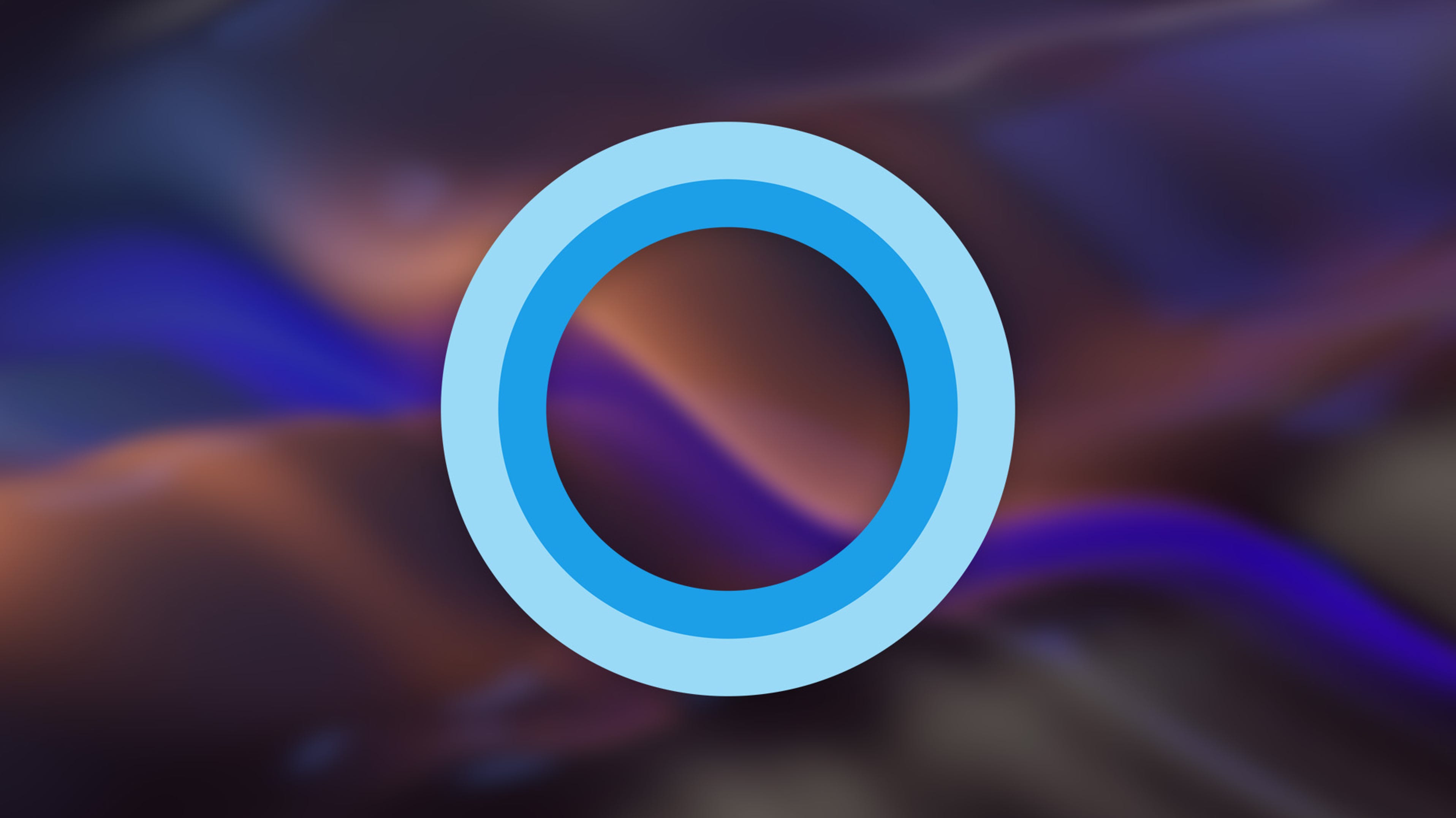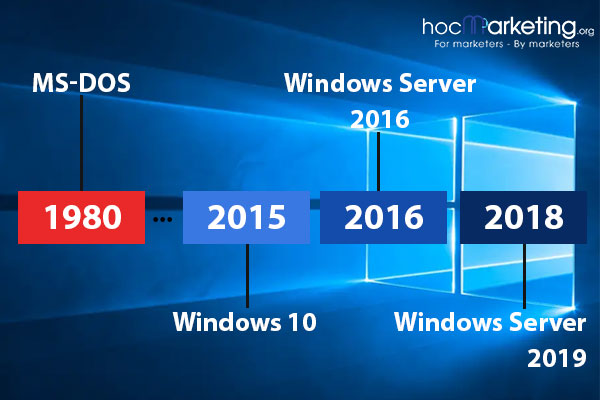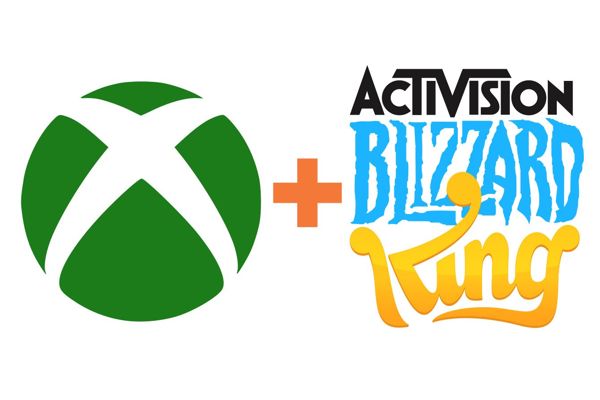
Sayonara Cortana: A Bittersweet Farewell

Microsoft bids farewell to Cortana, the once-promising virtual assistant that failed to maintain its relevance on Windows 10 and 11 Users will soon have to rely on other AI-powered tools for their daily tasks, signaling a shift towards a more robust and efficient productivity experience
The Cortana virtual assistant was initially introduced by Microsoft to PCs running on Windows 10. However, over time, its prominence diminished to the extent that its absence from Windows 11 went largely unnoticed. Presently, it is being discontinued on Windows 10 as well.
In a recent announcement, Microsoft has revealed that Cortana will no longer be supported as a standalone application in Windows, starting in late 2023. As a result, the main Cortana interface in the taskbar will be removed. However, other assistant technologies with the same name will still be available. Cortana will continue to be accessible in the mobile apps for Teams and Outlook, as well as Teams rooms and the Teams display, though its functionality will be more limited in these environments. Microsoft is promoting Windows Copilot and voice access in Windows 11 as alternative options to Cortana, but neither feature will be available in Windows 10. While Copilot and Bing Chat can search for information on the web like Cortana, they do not yet have access to personal data such as reminders and calendars.
Despite being a major selling point for Windows 10, Cortana failed to gain widespread popularity. The desktop computer environment didn't necessarily require a virtual assistant, unlike phones or tablets, and its inability to control smart home devices until much later didn't help. Furthermore, Cortana's intrusive nature caused many users to disable it altogether. With no direct replacement, Windows 11 removed Cortana altogether.
While many won't miss Cortana, its removal marks the end of an era. It was a crucial part of Microsoft's plan to bring a unified experience to both mobile and desktop platforms, with its first appearance on Windows Phone 8.1. However, other elements of this strategy, such as the Universal Windows Platform, crumbled in the years following Windows 10's debut.
Windows 10 will continue to receive security updates until October 2025.
Source: Microsoft
Via: Windows Central














